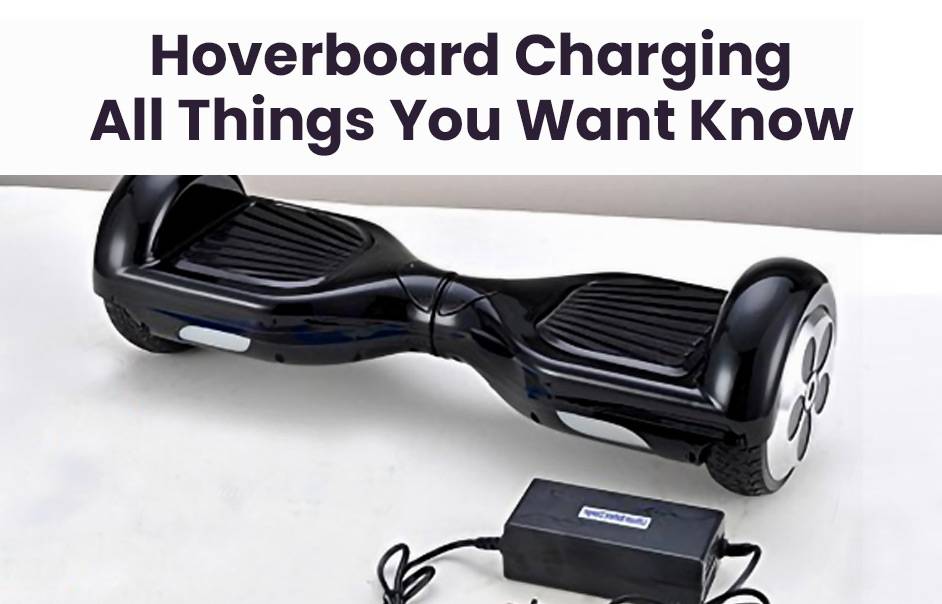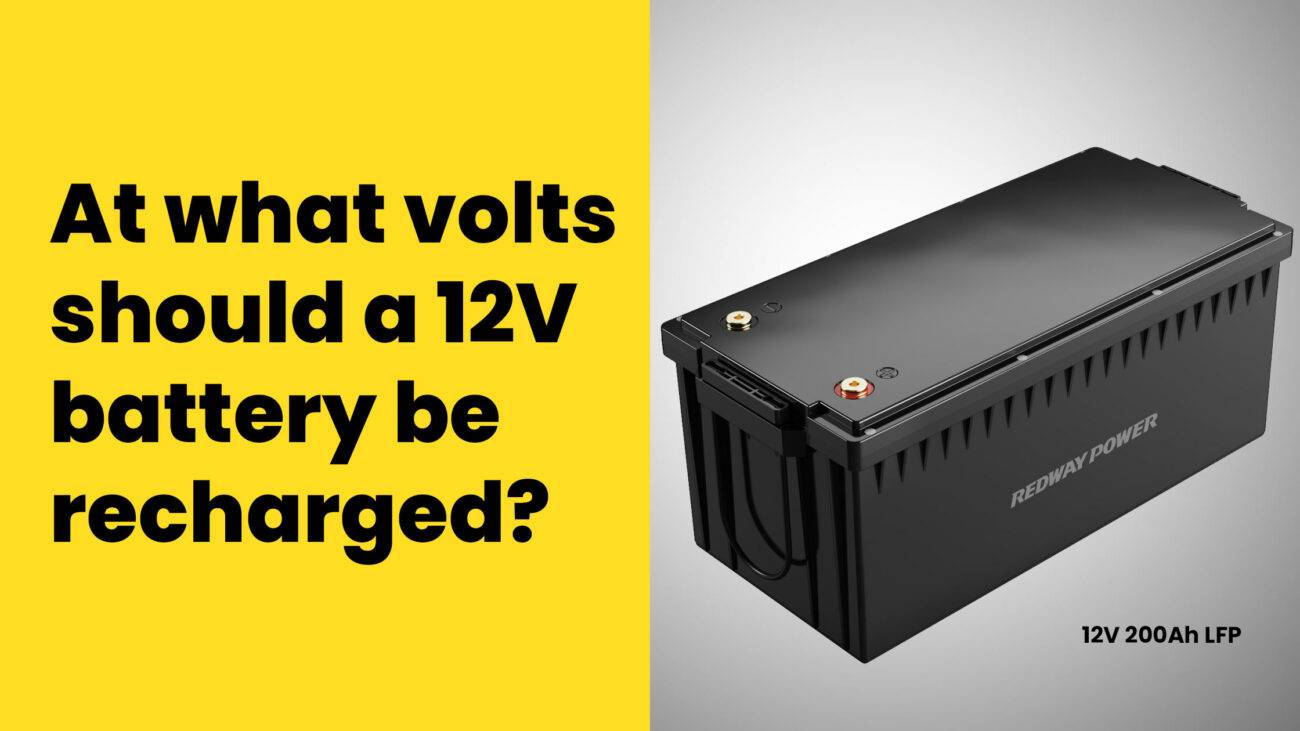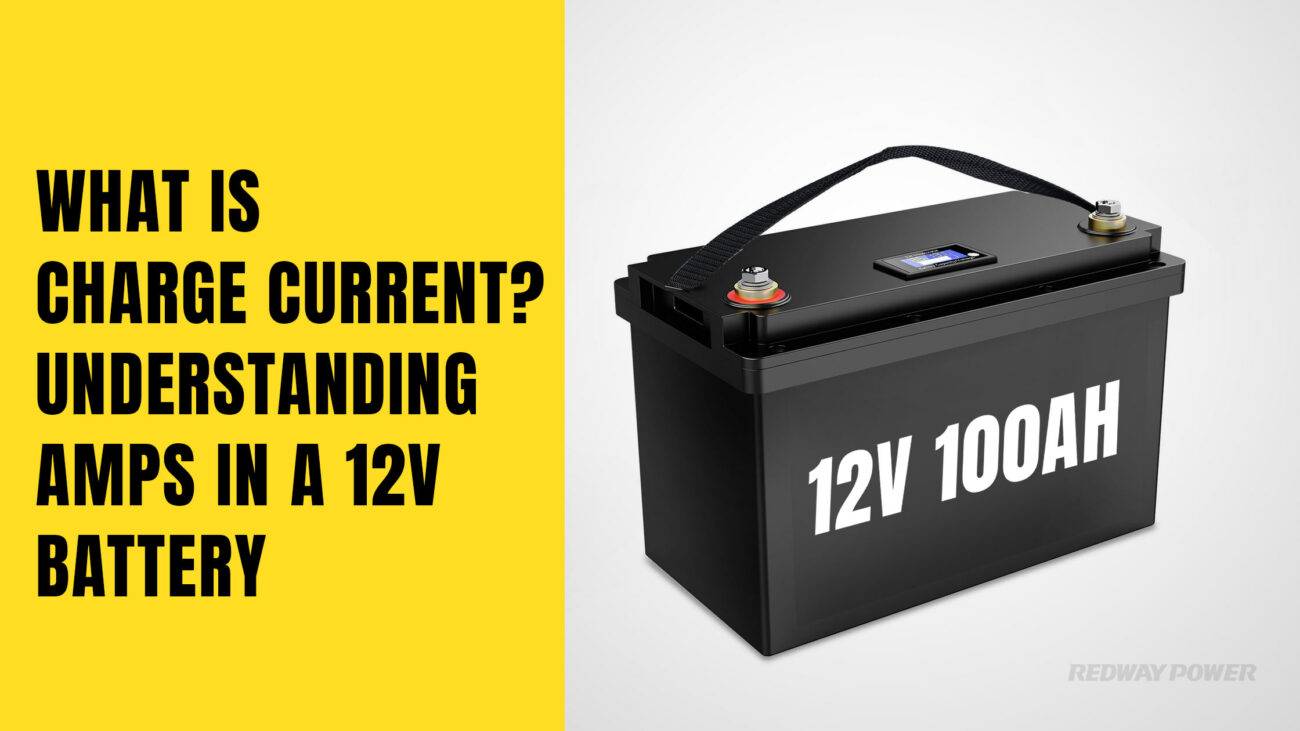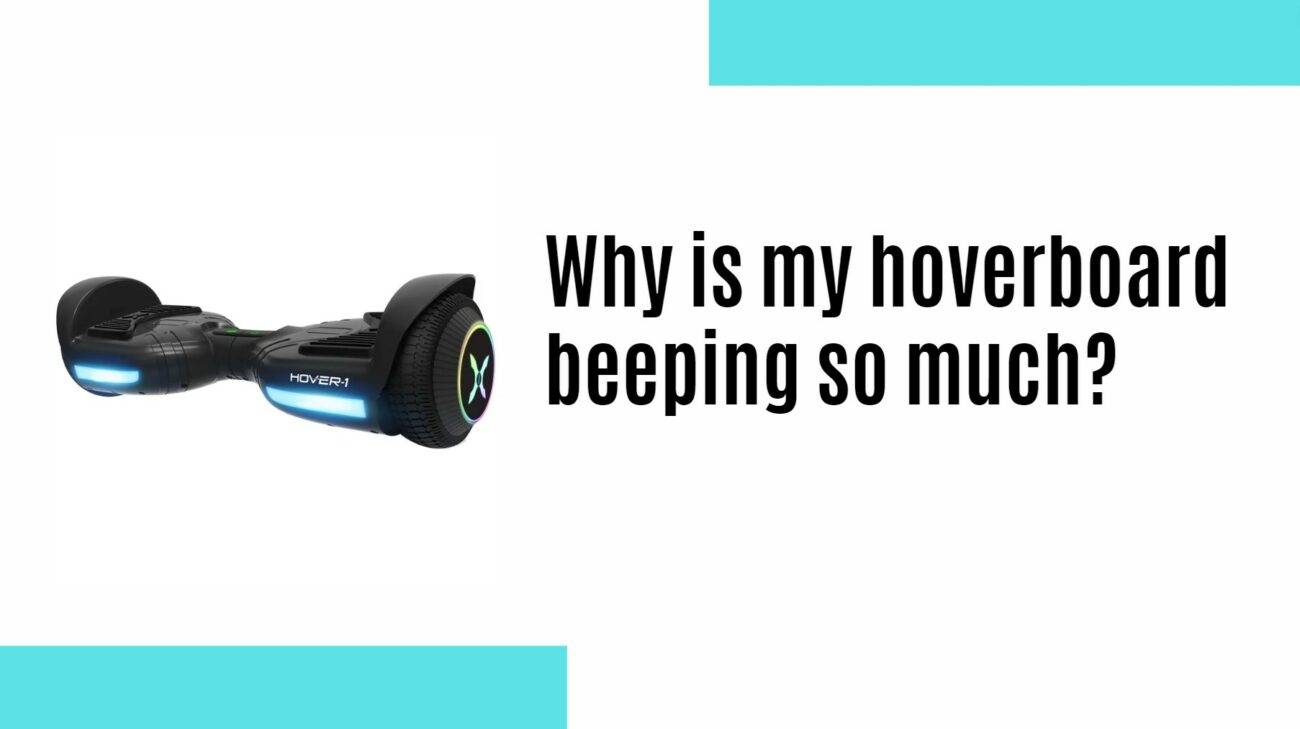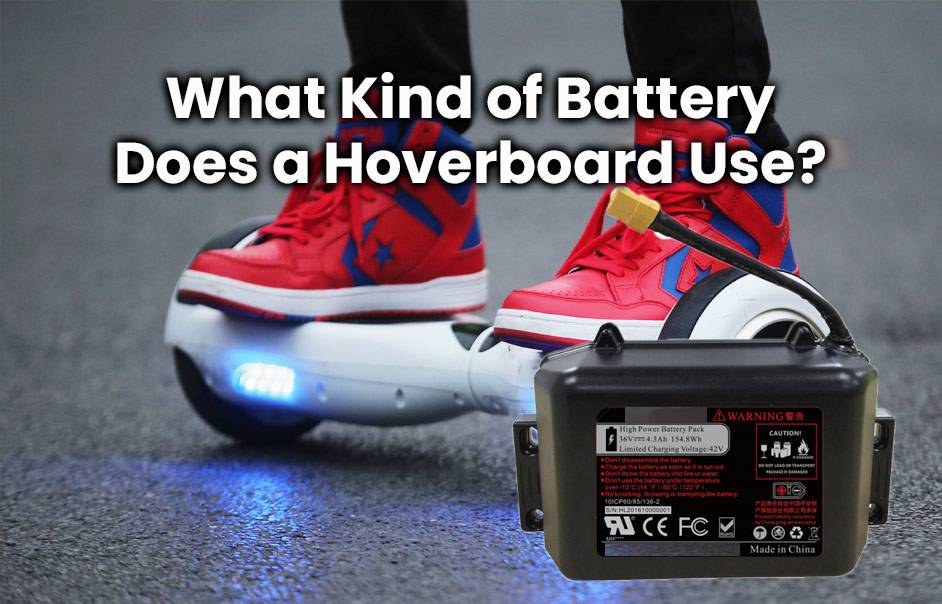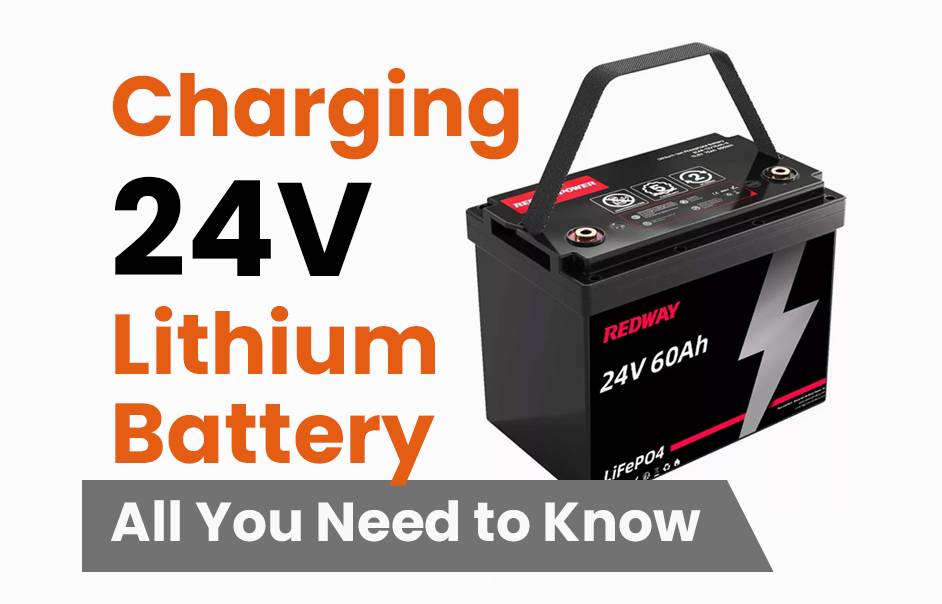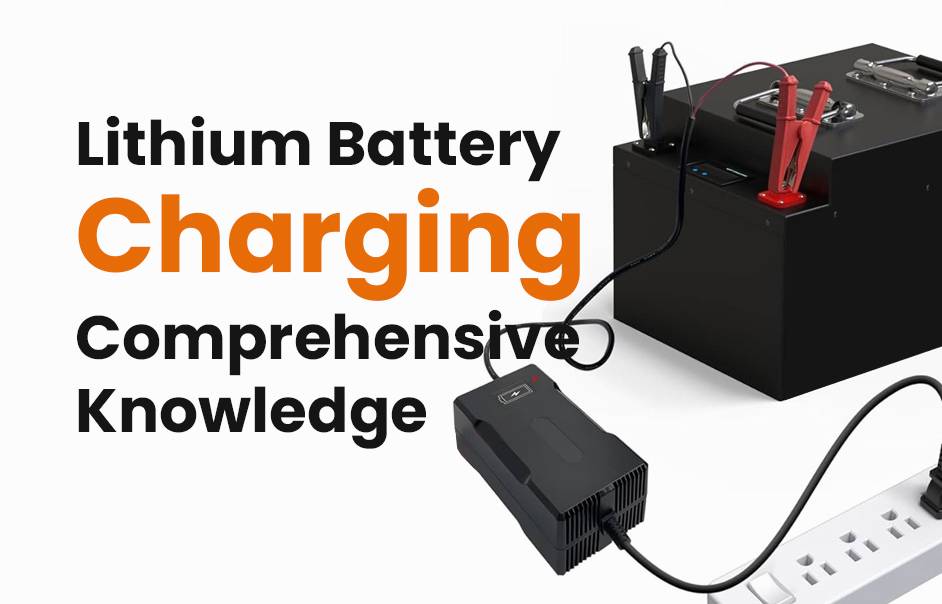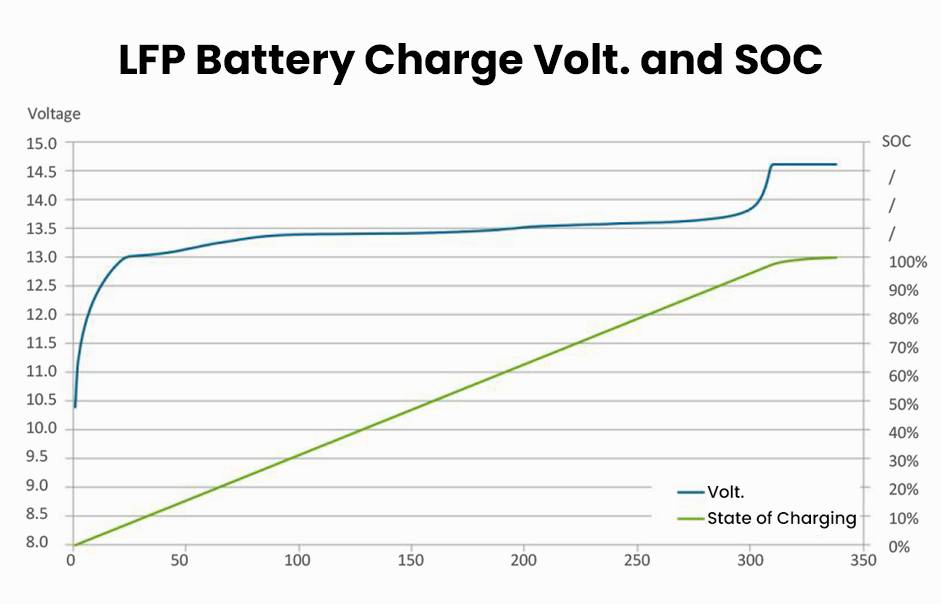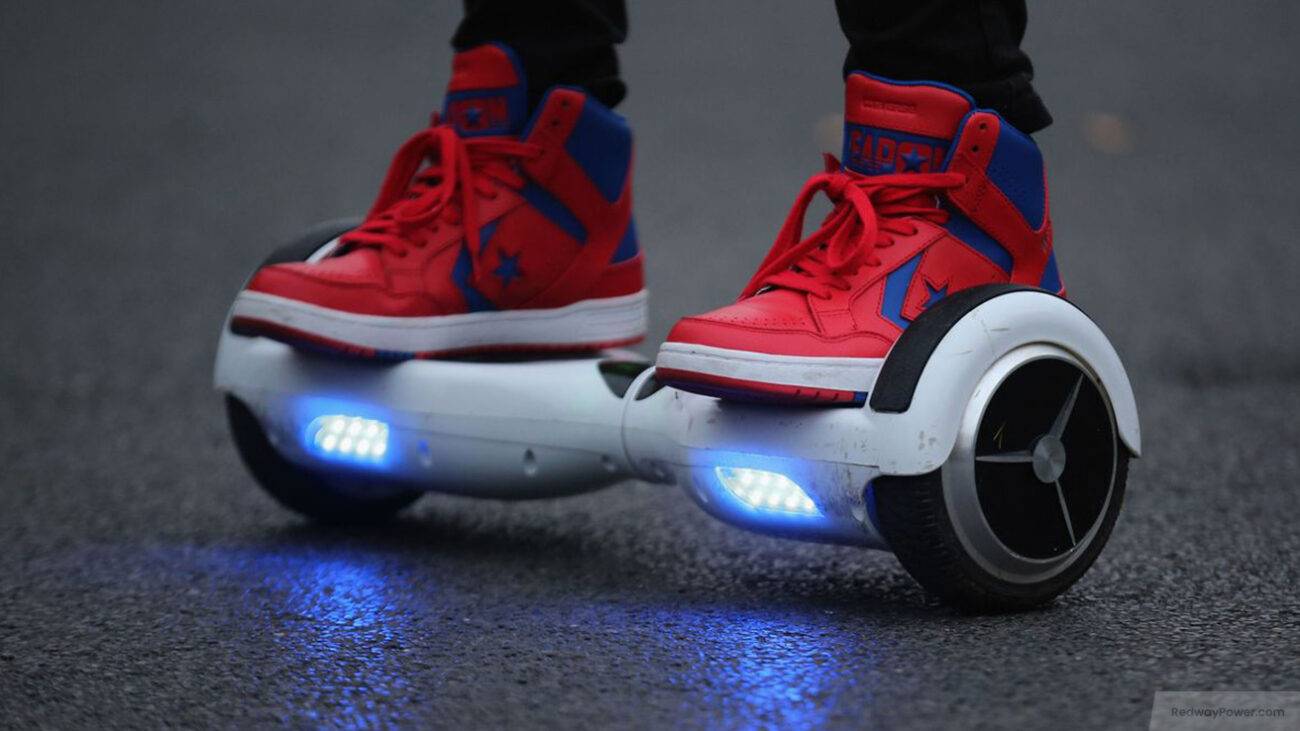Hoverboards, the stylish self-balancing electric scooters, have become a popular mode of transportation. To keep these futuristic gadgets rolling, understanding hoverboard charging is crucial. This blog explores battery life, charging times, and alternative methods for an uninterrupted ride. Buckle up (or hover up!), as we dive into the electrifying world of hoverboard charging!
Understanding Battery Life and Charging Times
Hoverboards are beloved for their convenience, but maintaining their battery is crucial for a smooth ride. Understanding battery life and charging times ensures optimal performance and safety.
Battery Life Overview:
- Variable Range:
- Hoverboard battery life ranges from 6-12 miles per charge, influenced by factors like model, brand, terrain, rider weight, and speed.
Charging Times and Best Practices: 2. Battery Types:
- Lithium-ion batteries are common and typically take 2-3 hours to recharge.
- Avoid Overcharging:
- Overcharging can damage the battery and reduce its lifespan.
- Optimal Charging Frequency:
- Charge after each use or when the battery significantly depletes for longevity.
- Prevent Extended Plugging:
- Avoid leaving the hoverboard plugged in for extended periods to prevent overheating or fire hazards.
Safety Measures: 6. Use Provided Charger:
- Use the charger provided with your model or one compatible with its voltage to prevent damage.
- Avoid Incorrect Chargers:
- Using an incorrect charger can damage both the charger and the battery.
By grasping these aspects, riders can maximize their hoverboard experience while ensuring safety during charging. Stay informed about the specific charging times and practices recommended for your hoverboard model to achieve optimum performance!
Hoverboard Charging Techniques
Charging your hoverboard correctly is essential for its performance and durability. Learn key techniques to keep your hoverboard’s battery in top shape.
Charging Best Practices:
- Use the Right Charger:
- Always use the original charger to prevent compatibility issues and potential battery damage.
- Charging Process:
- Plug the charger into an electrical outlet and connect it to your hoverboard. The LED turns red during the 2-3 hours of charging.
- Prevent Overcharging:
- Avoid overcharging to protect the battery and ensure a longer lifespan.
Optimizing Battery Health: 4. Maintain Room Temperature:
- Charge and store your hoverboard at room temperature to preserve battery life and overall performance.
- Storage Charge Level:
- When not in use for an extended period, store with around 50% charge to maintain battery health during storage.
Safety Measures: 6. Avoid Extreme Temperatures:
- Protect your hoverboard from extreme temperatures to prevent negative impacts on battery performance.
- Safe Charging Practices:
- Charge in a safe environment, away from flammable materials, and never leave the hoverboard unattended during charging.
By adopting these simple yet effective techniques, you’ll ensure your hoverboard remains charged and ready for thrilling rides, prioritizing safety for a worry-free experience!
Common Problems with Hoverboard Chargers
Enjoying your hoverboard is fantastic, but charger issues can be a buzzkill. Learn about common problems and how to address them for uninterrupted hoverboarding fun.
Charger Failures:
- No Charging Response:
- Ensure a secure connection between the charger and hoverboard’s battery port. Check for a secure plug before suspecting charger faults.
Charging Inefficiency: 2. Slow Charging:
- Invest in a high-quality charger designed for your hoverboard model to avoid prolonged charging times due to low-quality or incompatible chargers.
Overheating Concerns: 3. Overheating Risks:
- Unplug immediately if overheating occurs during charging to prevent battery damage and potential fire hazards. Allow both the charger and hoverboard to cool down before resuming.
Physical Damage: 4. Wear and Tear:
- Regularly inspect chargers for signs of wear, frayed wires, or bent prongs. Physical damage can hinder proper charging and pose electrical hazards if not addressed.
Conclusion: Investing in quality chargers and following manufacturer guidelines ensures safe and efficient charging. Promptly addressing charger issues protects your investment, ensuring countless thrilling rides ahead!
Safety Tips for Charging Your Hoverboard
1. Use the Right Charger:
- Stick to your hoverboard’s original charger or an approved replacement. Incompatible chargers can damage the battery and pose safety risks.
2. Avoid Overcharging:
- Unplug your hoverboard once fully charged to prevent battery overheating and potential fire hazards.
3. Charge in a Well-Ventilated Area:
- Charge in an open space with good airflow to dissipate heat. Avoid charging near flammable materials or on soft surfaces.
4. Regularly Inspect Charging Port:
- Ensure a clean charging port, free from debris or damage, before plugging in to prevent potential electrical issues.
5. Never Leave Unattended:
- Always supervise the charging process, especially with off-brand chargers or previous battery issues.
Following these safety tips ensures a secure charging experience for your hoverboard, minimizing risks to you and others. Stay safe and enjoy your hoverboarding adventures!
Alternative Charging Methods for Hoverboards
1. Portable Power Banks:
- Charge your hoverboard on the go by using a compatible portable power bank. Check voltage and capacity compatibility for optimal results.
2. Car Chargers:
- Utilize your car’s cigarette lighter adapter or USB port for charging during road trips. A convenient option for maintaining power while on the move.
3. Solar Chargers:
- Embrace solar technology with dedicated panels designed for battery charging. Harness sunlight to keep your hoverboard charged wherever you find sunshine.
4. Wireless Charging Pads:
- Explore wireless charging pads for hassle-free charging. Simply place your hoverboard on the pad, eliminating the need for traditional cords.
While alternative methods may not match the efficiency of standard charging, they offer flexibility when traditional outlets are unavailable. Each method has its limitations, so follow manufacturer instructions for optimal usage. Stay powered and enjoy your hoverboarding adventures, no matter where life takes you!
Conclusion: Keeping Your Hoverboard Charged and Safe
Ready to ride confidently and explore the world on your hoverboard, knowing that you’ve mastered the art of keeping it charged and safe. Whether you’re cruising through the neighborhood or navigating urban landscapes, a well-maintained and properly charged hoverboard is your ticket to endless fun and excitement.
FAQs
Do I need to charge my hoverboard battery every day?
It’s generally recommended to charge your hoverboard battery after each use to ensure it’s ready for your next adventure. However, if you haven’t used your hoverboard for a while, it’s a good idea to give it a top-up charge every few weeks to maintain battery health and performance.
Some riders prefer charging their hoverboards daily as part of their routine maintenance. This practice can help prevent the battery from fully depleting and potentially extend its overall lifespan. Plus, you’ll always be ready to hit the streets or parks without worrying about running out of power midway through your ride.
Remember that overcharging the battery can have negative effects on its longevity, so be mindful not to leave it plugged in unnecessarily for extended periods. Keeping an eye on the charging status indicator can help you avoid overcharging and keep your hoverboard battery in top condition!
Can you leave a hoverboard battery charging overnight?
Leaving your hoverboard battery charging overnight is a common question among users. While it may seem convenient, there are some factors to consider.
It’s generally safe to leave your hoverboard charging overnight as most modern chargers have safety mechanisms to prevent overcharging. However, continuous overcharging can affect the battery life in the long run.
To ensure the longevity of your hoverboard battery, it’s recommended to unplug it once fully charged. This simple habit can help maintain the health of the battery and prevent any potential risks associated with prolonged charging.
If you do need to charge your hoverboard overnight occasionally, make sure to use a high-quality charger specifically designed for your hoverboard model. Avoid using cheap or incompatible chargers that could potentially damage your device.
Remember, taking care of your hoverboard battery by following proper charging practices will ultimately prolong its lifespan and keep you rolling smoothly for many rides to come.
How to extend the battery life of your hoverboard battery?
To extend the battery life of your hoverboard, it’s essential to follow some simple yet effective tips. Always make sure to fully charge your hoverboard before using it for the first time and after every ride. This helps maintain the battery’s health and performance over time.
Avoid overcharging your hoverboard by unplugging it once it reaches a full charge. Leaving it plugged in can lead to unnecessary strain on the battery, impacting its longevity. Additionally, try not to let your hoverboard battery drain completely before recharging as this can also affect its overall lifespan.
Store your hoverboard in a cool and dry place when not in use to prevent extreme temperatures from damaging the battery. Regular maintenance such as cleaning debris off the charging port and wheels can help ensure optimal performance from both your hoverboard and its battery.
How long does a hoverboard battery last?
Have you ever wondered how long your hoverboard battery will last before needing a replacement? The lifespan of a hoverboard battery can vary depending on factors like usage frequency, charging habits, and overall quality.
On average, most hoverboard batteries are designed to last for about 1-3 years with regular use. However, some users have reported their batteries lasting up to 5 years with proper care and maintenance. It’s essential to follow the manufacturer’s guidelines for charging and storage to maximize the longevity of your battery.
If you notice a significant decrease in battery life or performance, it may be time to consider replacing the battery. Investing in a high-quality replacement battery can help prolong the lifespan of your hoverboard and ensure optimal performance for years to come.
Taking care of your hoverboard battery is crucial for maximizing its lifespan and performance. By following best practices for charging and maintenance, you can enjoy hours of riding without worrying about frequent replacements.
Can I charge my hoverboard with other chargers?
When it comes to charging your hoverboard, it’s best to stick with the charger that came with the device. Using other chargers may not provide the correct voltage or current needed for your hoverboard battery, which could potentially damage it.
Always ensure you follow the manufacturer’s guidelines on charging to keep your hoverboard in top condition and maximize its lifespan. By taking care of your hoverboard battery and following these tips, you can enjoy riding hassle-free for a long time. So, remember – charge smartly and ride safely!

